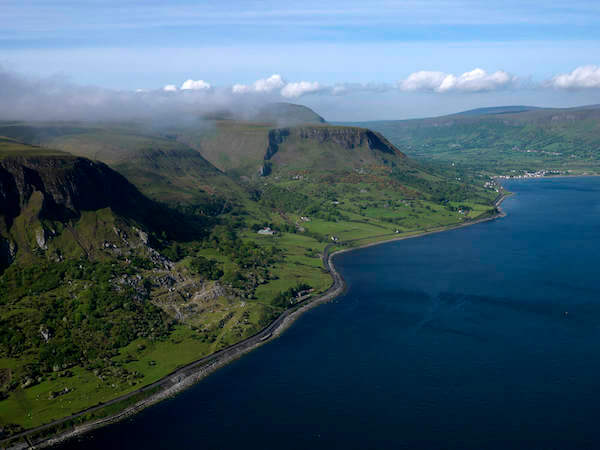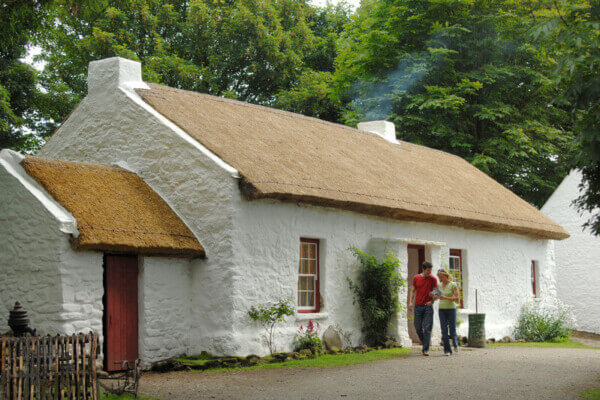A permanent online musical experience hosted by Folk Park Live in association with the Ulster American Folk Park pays homage to 300 years of Ulster emigration through song.
This news page contains affiliate links and I may earn compensation when you click on the links at no additional cost to you.
“Songs of the Settlers” is comprised of 12 live performances all filmed in various locations throughout the popular folk park, which is located near Omagh in County Tyrone.
Some of Northern Ireland's best traditional and contemporary musicians tell the stories of the emigrants who left the region over the course of three centuries.

All of the compositions speak to the struggles they endured in Ireland and the rich American and Ulster heritage that formed the basis of their new lives in North America.
The park explores the historical link between Ulster and America, focusing in particular on the lifestyle and experiences of those who sailed from Ulster to America in the 18th and 19th centuries.

It is run by National Museums NI, which also oversees the Ulster Museum located in the Botanic Gardens in Belfast; the Ulster Folk Museum in Holywood, Co. Down; and the Ulster Transport Museum outside of Belfast.
Explore Northern Ireland with Viator Tours
Ulster and Emigration to America
Ulster is one of the provinces on the island of Ireland.

It includes the counties of Antrim, Armagh, Cavan, Derry (also known as Londonderry), Donegal, Down, Fermanagh, Monaghan, and Tyrone.
However, Counties Cavan and Donegal are both a part of the Republic of Ireland.
The other six make up Northern Ireland.
The area, like much of Ireland, was greatly affected by emigration.

From 1710 through 1775, over 200,000 people emigrated from the area to America’s original 13 colonies, with most of them going to Pennsylvania, although some also ended up in Virginia, the Carolinas, and farther west.
Another half a million emigrated to America between 1815 and 1845 and around 900,000 arrived in the U.S. from 1851 to 1899.
Most of the emigrants from Ulster were Presbyterians.

All of the performers participating in the musical tour of the park are from Northern Ireland.
They include Gemma Bradley, Mary Dillon, Gareth Dunlop, Niall Hanna, Cathal Hayden, Maurice Leyden, Neil Martin, the group No Oil Paintings, Eilidh (pronounced I-lee) Patterson, the group ROE, and Jack Warnock.
They were filmed in various locations around the open-air museum, which includes 30 different exhibit buildings.

You’ll find many restored, original buildings with connections to local families, including the Mellon House, which was the birthplace of Thomas Mellon, the Irish American banker and lawyer, as well as the founding father of the Mellon financial company.
Booking.com
If you are planning to visit the park, be sure to pick up a copy of the trail guide, then scan the QR code with your smartphone or tablet and enjoy the musical tour as you visit each of the locations in the park.
If you are planning to visit the folk park, you must book your tickets in advance.
Here’s what to expect at the park.
Admission to the park is £9 for adults, £7 for seniors and students, and £5.50 for children over 5. Younger children are admitted free. Family tickets range from £19 to £25.
Read More: Discover More Virtual Emigration Stories at EPIC The Irish Emigration Museum

